Where's the Beef?
- By Healthy Living Liberty Lake
- •
- 22 Sep, 2017
- •
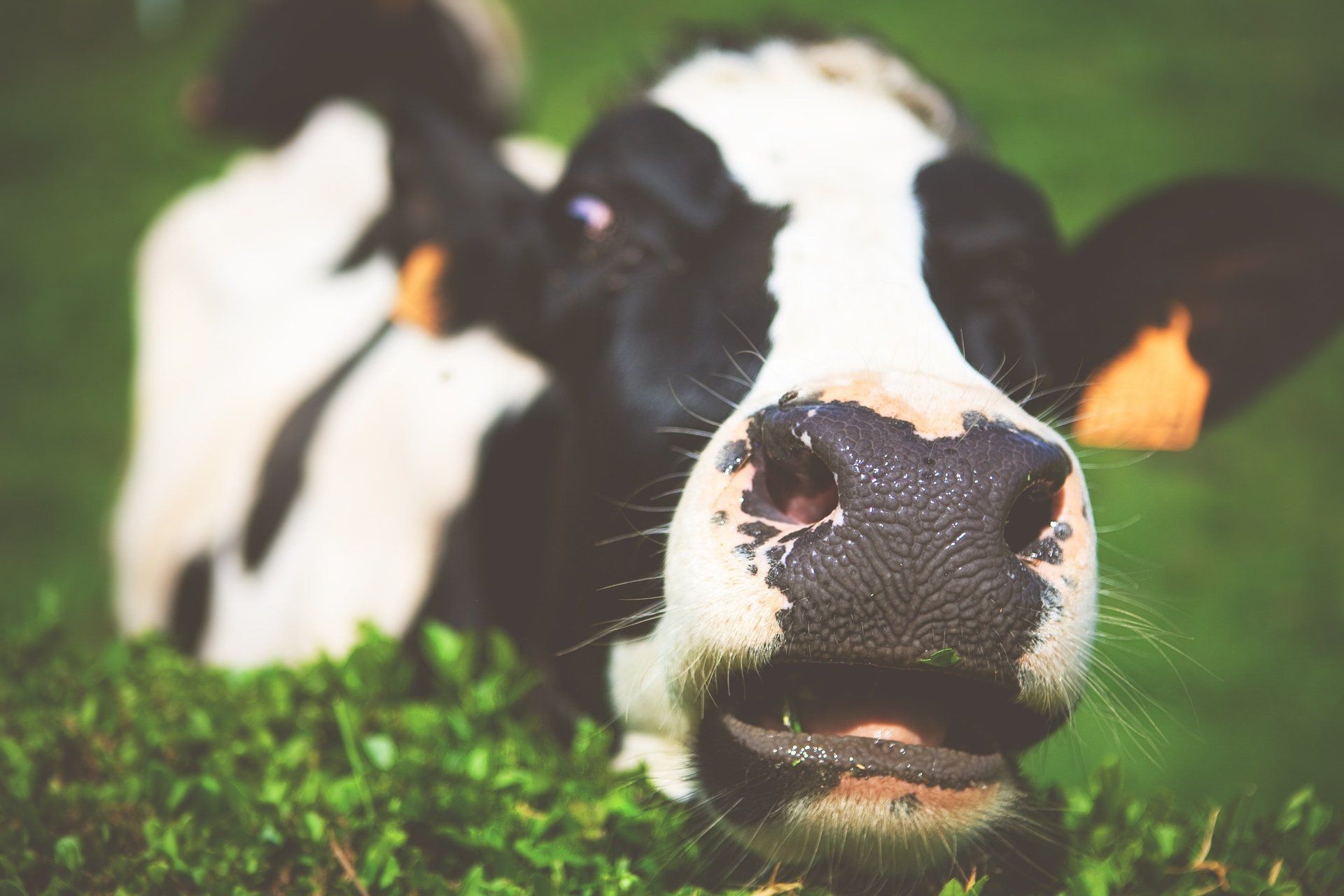
We are what we eat – we’ve been told that since we were a kid. But just when you think you’re eating a healthy diet comes a new book that proves otherwise, and may, in fact, cause some nausea. Called “Sorting the Beef from the Bull,” the title says it all! This book is a collection of food fraud tales from around the world, and explains the role of science in uncovering some of the biggest food scams.
Here are some examples:
Remember 3-4 years ago when burgers and ready-to-make meals sold in the UK contained horse DNA? Well it wasn’t just the UK – horse meat has turned up in Florida with some 16% of meat having undeclared meat – mystery meat.
Another study in 2006 found that at least 22% of the processed meats they tested (like sausage and salami) were not what they appeared to be. For instance, 11 of the 28 supposedly “beef” sausages actually contained chicken…and ONLY chicken.
Pink slime is still added to our hamburger, including in our children’s lunches sold at school.
And there are actually chicken eggs that aren’t from chickens that are sold in China. How?
With coloring agents and moulds, sodium alginate and calcium chloride become the tools for making a fake egg – complete with yolk. Wax and plaster are combined to provide this sham’s shell and then the bogus egg can be placed into cartons and sold at market. Profits are double to quadruple those of traditional chicken farmers. Oh, and a little bonus is that any leftover “egg white” mixture can be dyed green or purple and with a little added juice (just a splash), you’ve got yourself some fake grapes as well! No chicken can do that!
Fake eggs started appearing in the mid-1990s and continue to crop up from time to time. The fraudsters have moved onto the next market before the customer knows they’ve been swindled. But some fakes are so good that people are even cooking them up and eating them. The health consequences of eating these eggs are unclear; though most of these ingredients are already used in food products, they are not used in the quantities found in fake eggs.
There are soy-based products that taste and act like cheese. Fish paste is flavored and fashioned to look like crab. A week-old cut-up apple has been dipped in chemicals to make it look like a freshly cut apple. And gelatin, sugar, and some other additives are mixed together into fried egg-shaped sweets for the delight of children. So why is one fake egg acceptable while the other is not? Because it is about how it’s sold to the consumer – it’s about what it says on the packaging.
We must make our purchasing decisions based on the information we receive and if we’re being lied to – whether its myrtle leaves in our oregano, horse meat in our beef burgers or a ham and cheese pizza that’s actually turkey and cheese substitute – it’s cheating.
Last year, 70% of chickens sold in the US were found to be contaminated with arsenic – because an animal drug containing it had been added to their feed by farmers. Although the FDA ended up ordering chicken farmers to use less arsenic-based drugs, the meat on the market now still contains the poison.
So what do we do?
We buy organic meat as much as possible – know where your meat and eggs are coming from! Local ranchers sell beef and port, and you can even participate in the auctions at the Spokane or Kootenai county fairs and buy your meat from a 4H kid. Our daughter sells her steer each year this way. Owning 1-3 chickens is easy. They require very little work or space, and will give you fresh eggs daily. Buy your vegetables at the farmer’s market, and grow your own as much as you can. This way, you know exactly where your food is coming from.
By Dr. Susan Ashley, M.D.

By Dr. Susan Ashley, MD

By Dr. Susan Ashley, MD
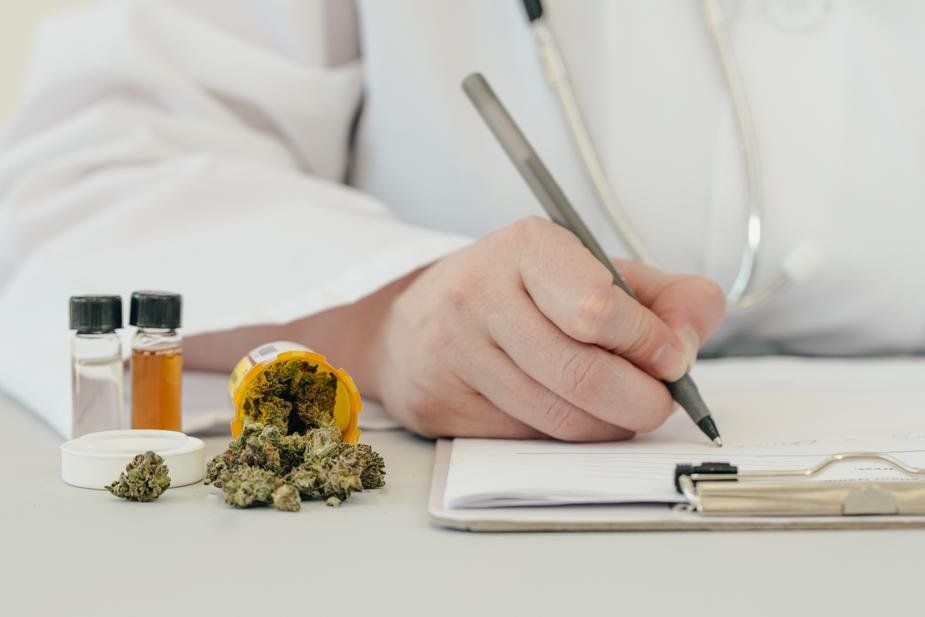
Opiates taken long term also leads to a reduced pain threshold, meaning a person on them will feel pain at a much earlier level than someone else.
There's a lot of interest now in using cannabis to reduce chronic pain, and studies have shown they can be quite effective for neuropathy, migraines, spasticity and joint pain.
However, it doesn't always work, and now a new study shows why.
Then at the end of the 4 years, the people who used cannabis for pain had greater pain severity scores They also found that the meds and other remedies taken for pain were less likely to be effective. In addition, they had greater generalized anxiety disorder severity scores. The bottom line-- the cannabis users were not able to decrease the use of narcotics. Why?
Because of the well known fact that chronic narcotic use decreases pain threshold. In fact in some people the threshold becomes so low that even minor pains can seem intolerable. In essence, the narcotics cancel the pain relieving effects of the cannabis.
Chronic opiates should be avoided as much as possible in chronic pain. Tolerance develops quickly, addiction can occur, and pain threshold is lowered. If you have chronic pain, use other modalities first to try to alleviate the pain. This includes cannabis, acupuncture, anti-inflammatory drugs, weight loss, energy medicine, and stem cells. We have used IV stem cells for reduction of neuropathy pain with good effects.
By Dr. Susan Ashley, MD

Not only that, but those who walked at a fast pace reduced their risk of death even further, by 24 percent.
All it took was putting one foot in front of the other a little more quickly!
And when the researchers zeroed in on cardiovascular disease deaths among participants over age 60, the results were even more striking.
Compared to the slowest walkers, average-paced walkers slashed their risk of dying from cardiovascular disease by 46 percent -- and the fast-paced walkers slashed it by a whopping 53 percent.
Now, the study didn't determine exactly how walking at a faster pace can add years to your life. And how fast do you have to walk just to hit the "average" mark? How brisk is brisk?
In the study, a "fast" pace was defined as one that makes you slightly out of breath or sweaty when sustained. That could vary depending on how much you weigh, how much sleep you got, how much you ate earlier in the day, etc. So there was no exact speed such as 3 mph or 4 mph.
By Dr. Susan Ashley, MD
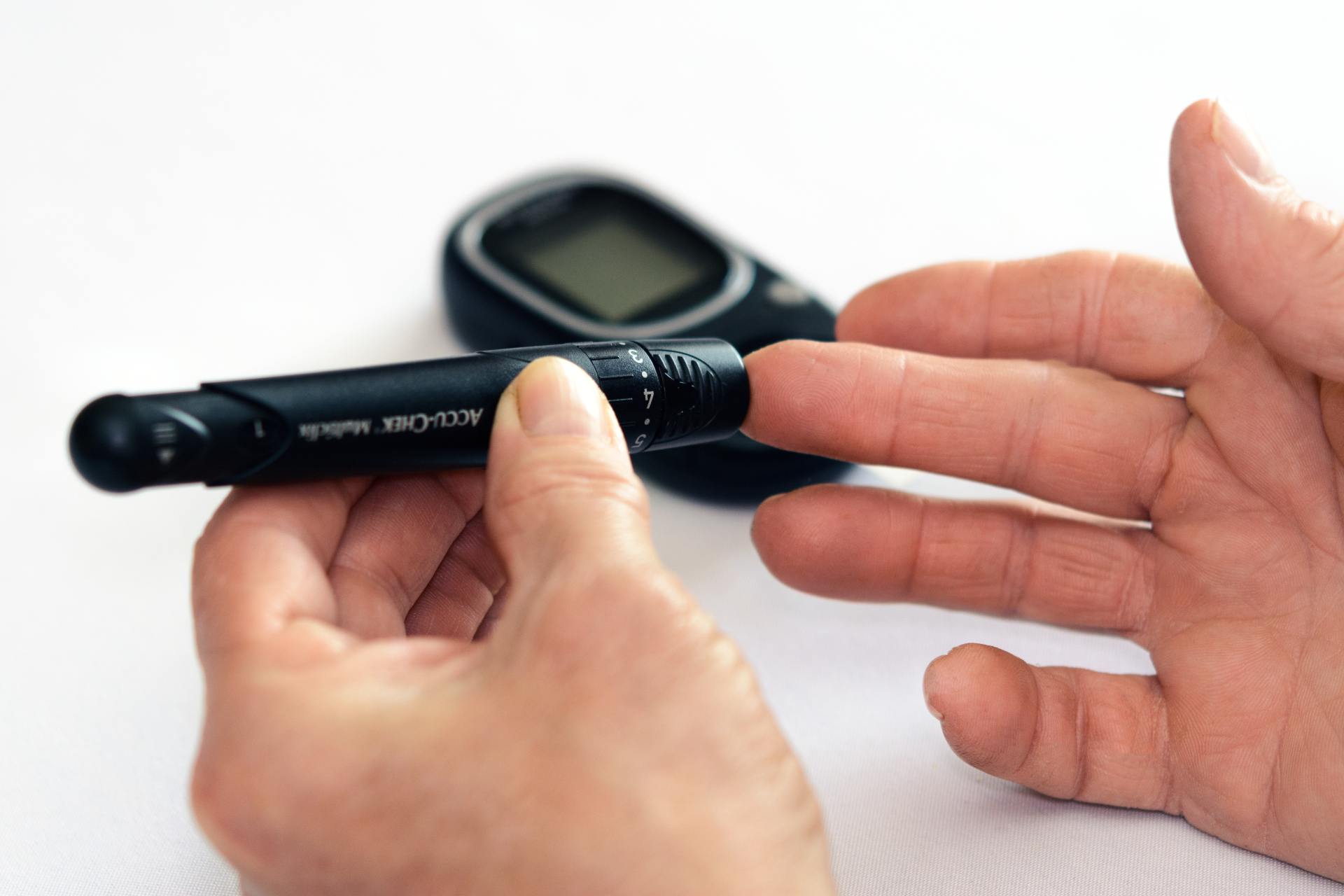
By Dr. Susan Ashley, MD
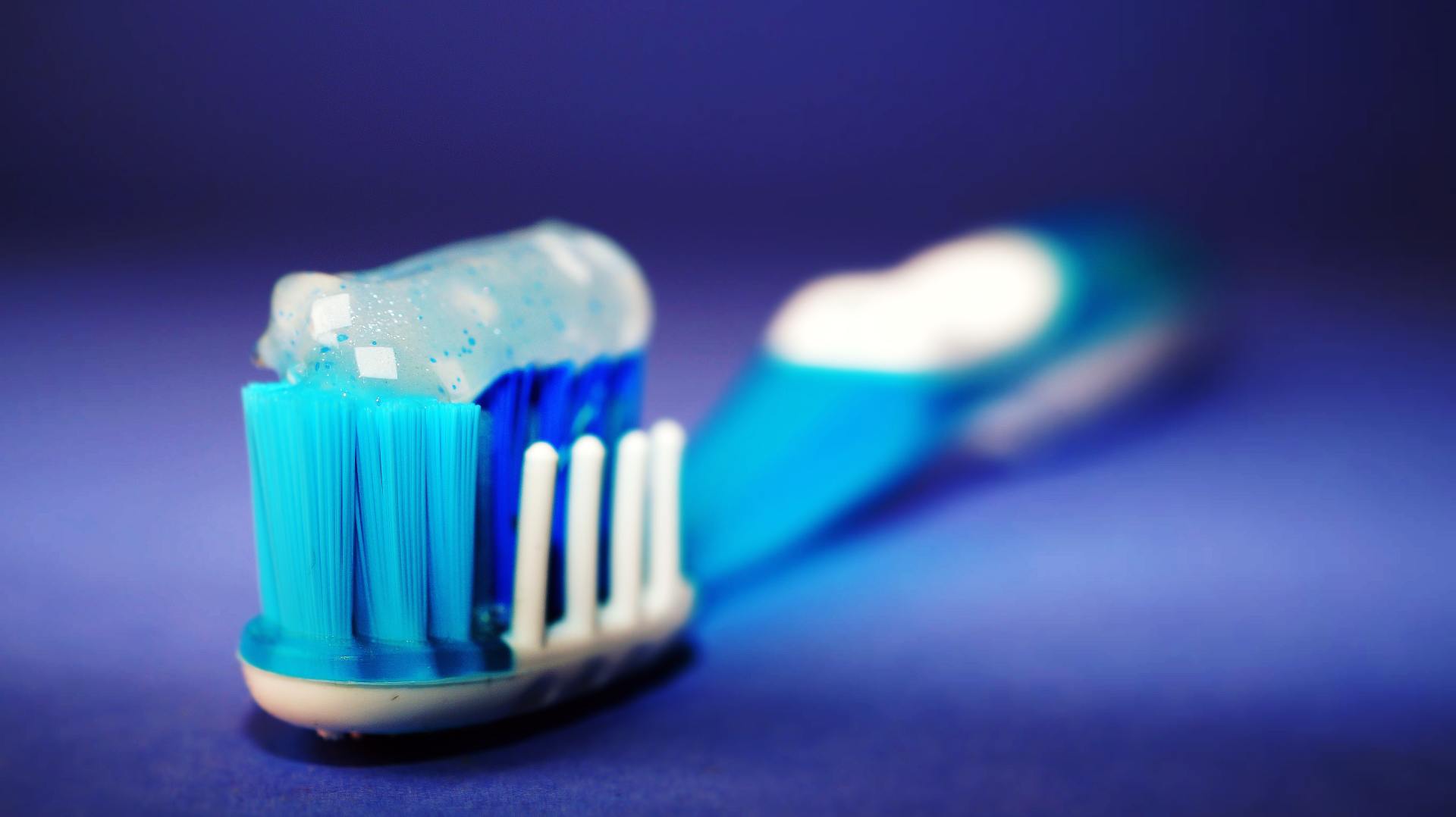
Side effects of triclosan include:
- About 1/2 cup coconut oil
- 2-3 Tablespoons of baking soda
- 2 small packets of stevia powder
- 15-20 drops of peppermint or cinnamon essential oil
- 10 drops myrrh extract (optional)
Natural Toothpaste Instructions
- Melt or slightly soften coconut oil.
- Mix in other ingredients and stir well. If using semi-hard coconut oil, use a fork, if not, use a spoon. If you are using completely melted coconut oil, you will need to stir several times while the mixture cools to keep the baking soda incorporated.
- Put mixture into small glass jar (I make different ones for each family member)
- Let cool completely.
- To use: dip toothbrush in and scrape small amount onto bristles. Could also use a small spoon to put on toothbrush.
By Dr. Susan Ashley, MD

By Dr. Susan Ashley, MD

By Dr. Susan Ashley, MD
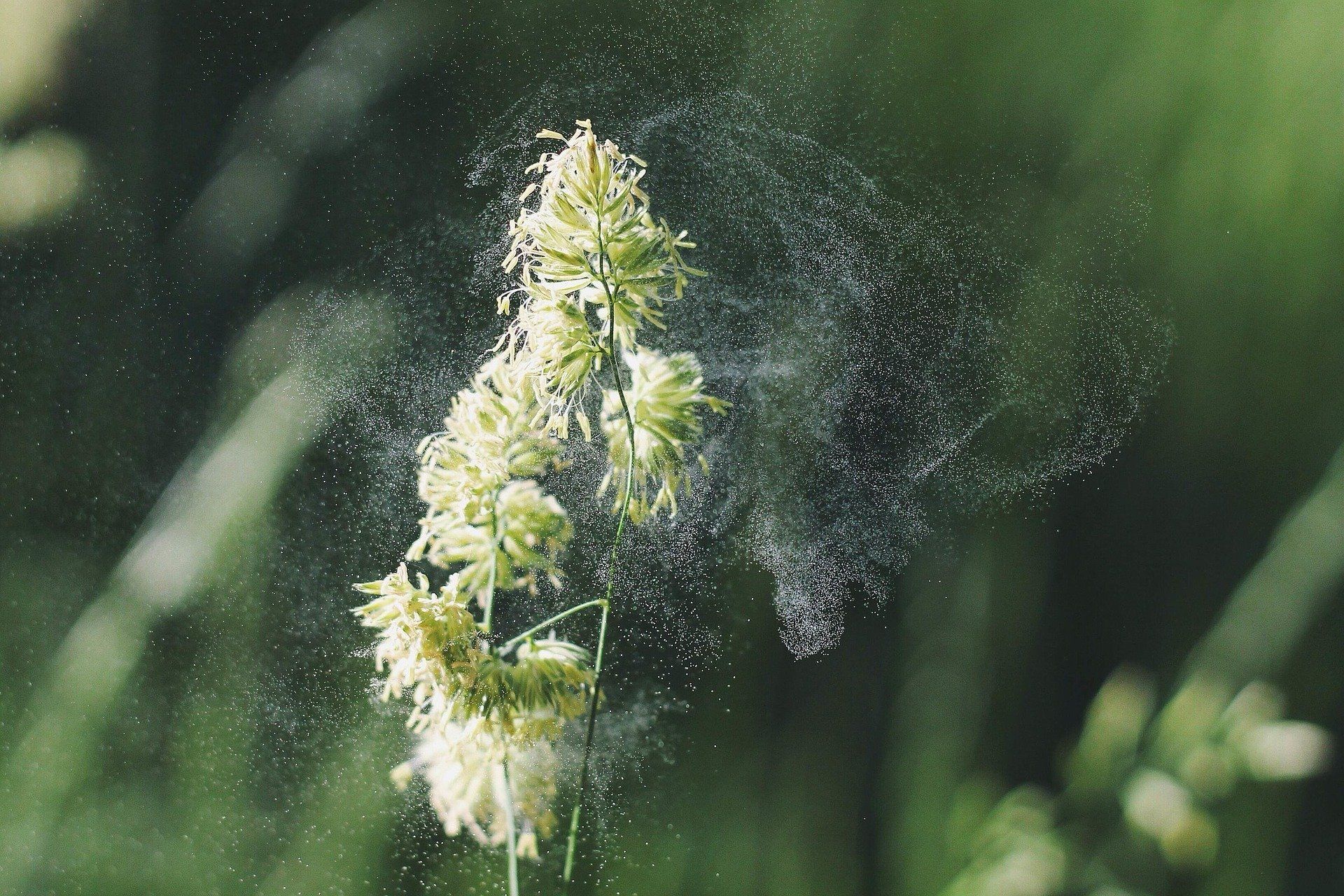
By Dr. Susan Ashley, MD
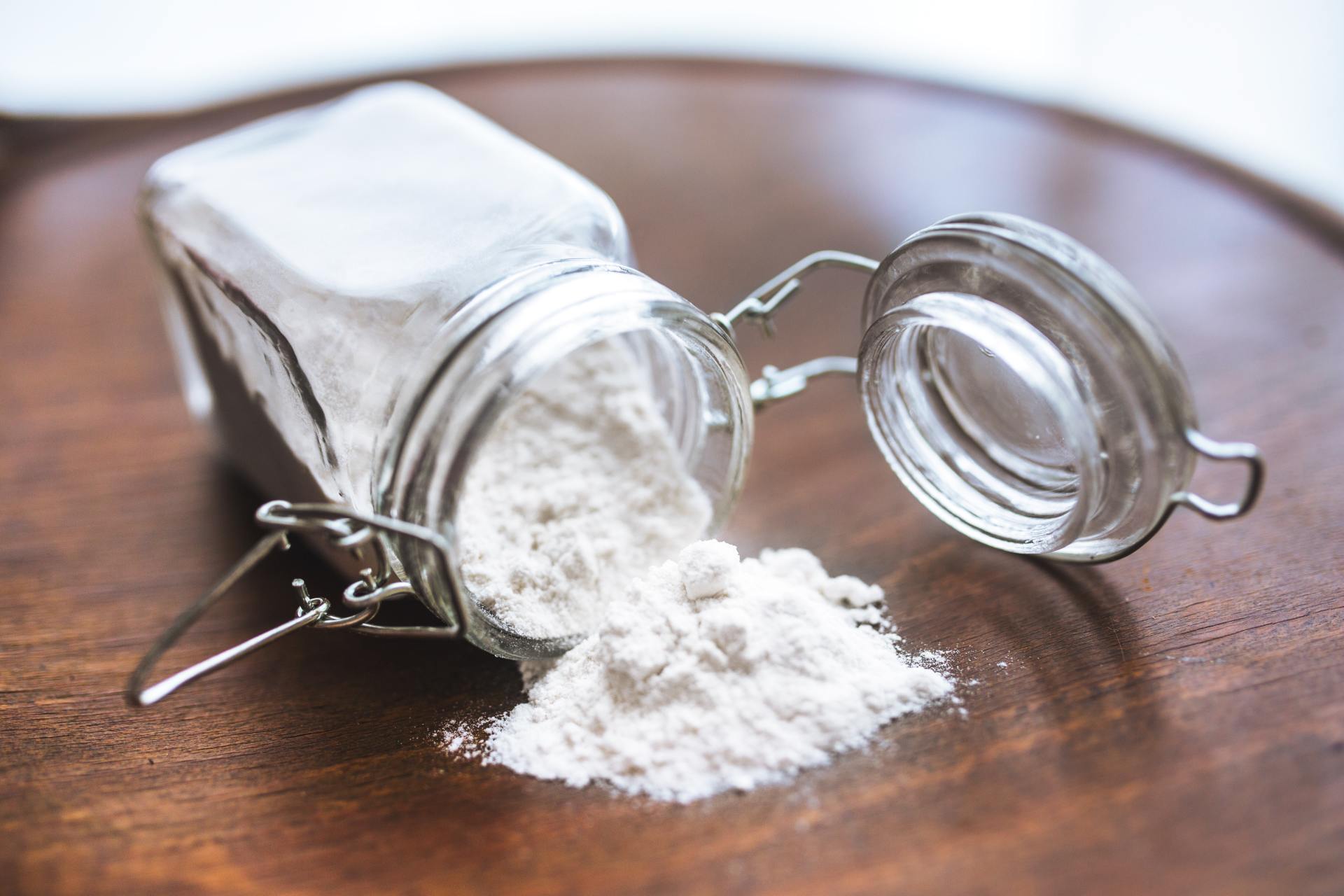
By Dr. Susan Ashley, MD
